This Week in History recalls memorable and decisive events and personalities of the past.
11th February 660 BC – Traditional date for the foundation of Japan by Emperor Jimmu
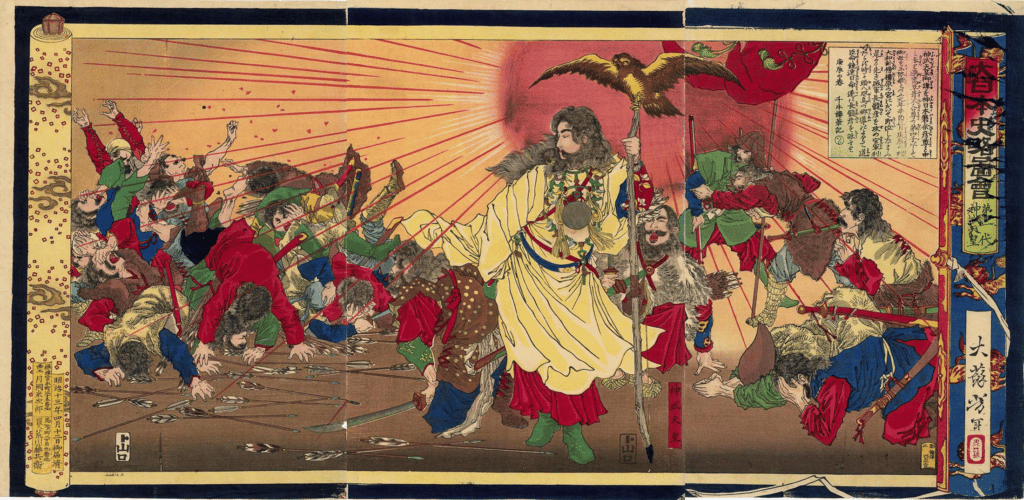
Japan has been inhabited by humans for at least 30 000 years, though there is precious little knowledge of its earliest inhabitants, known today as the Jōmon people. But only scant archaeological remains have given us some insight into their lives.

Things would drastically change for them in the first millennium BC, when the Yayoi people began to migrate into Japan from the Asian mainland. These new settlers brought agriculture and iron with them, as well as influence from China. Over the course of the centuries to follow, they would either absorb or displace the Jōmon.
It is from the civilization founded by the Yayoi that modern Japanese culture can draw a more or less direct line. From somewhere in the 3rd Century BC to the 600s, the Yayoi would dominate the Japanese islands; they would, however, remain largely divided into many clans.
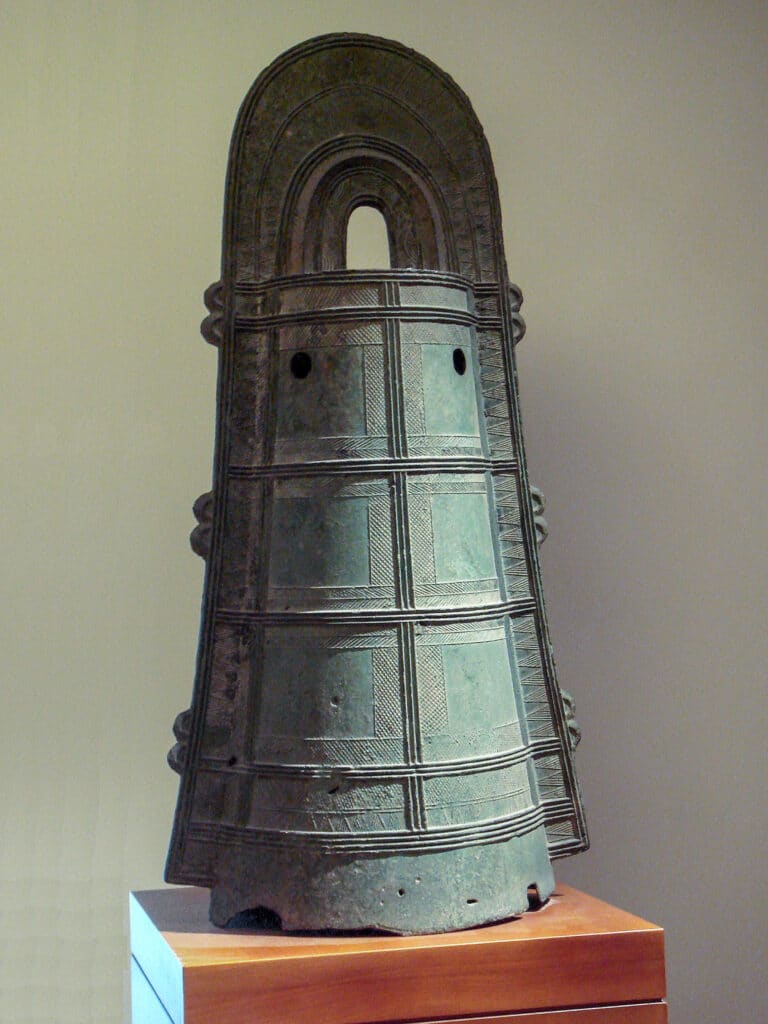
During the 6th century AD, the miniature kingdoms and clans of the Japanese islands were unified under the rule of an emperor who – taking inspiration from the Chinese imperial system – would declare himself the ‘Son of Heaven’. Modern historians date this to 539 at the earliest, and an emperor called Kinmei.
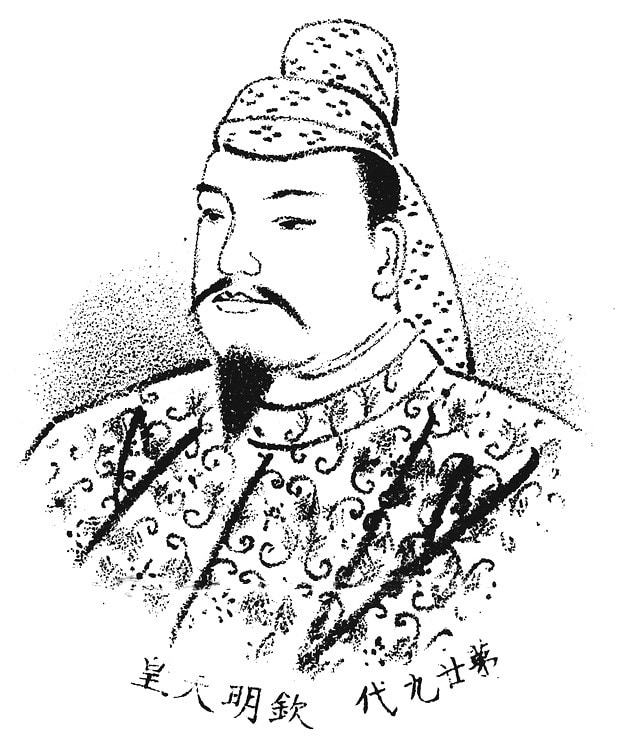
The new imperial dynasty however sought to strengthen their legitimacy, and commissioned works of history to tell the story of their rise to power. Thus, writers of one of the earliest Japanese histories, the Nihon Shoki, or Chronicles of Japan, would refer to all previous rulers from Kinmei’s lineage as emperors.
Indeed, the Chronicles held that Kinmei was in fact the 29th Emperor and that the actual founder of the Japanese Empire was a man named Emperor Jimmu, held to be a descendant of the Japanese sun goddess, Amaterasu, and the storm god, Susanoo.
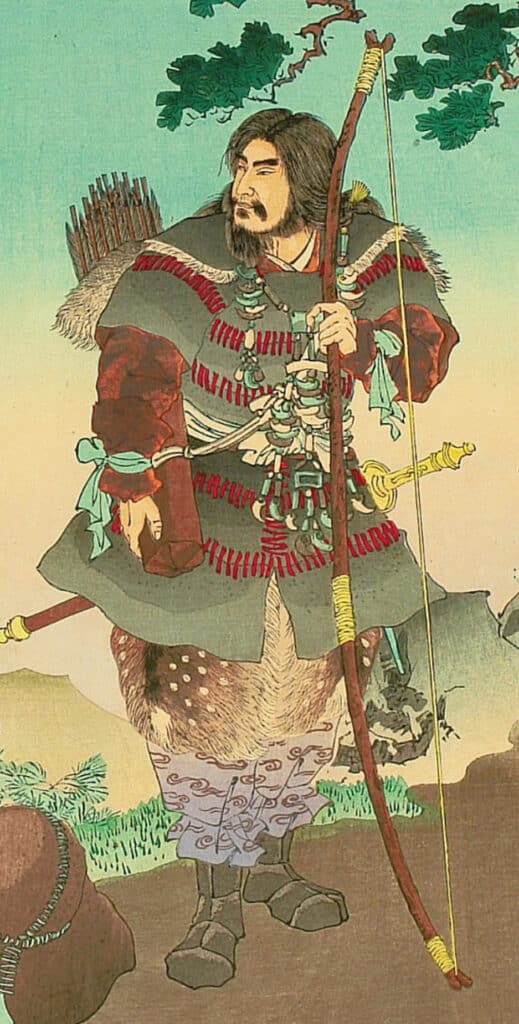
The first nine emperors described by the Chronicles are considered to be either mythological or a fusion of mythological figures and real people.
According to the Chronicles, Jimmu’s clan migrated east from the southern part of the island of Kyūshū to the area near modern-day Osaka, in central Honshu.
There, with the help of the sun and a three-legged crow, Jimmu and his clan defeated the locals as well as a group referred to as the Emishi or shrimp barbarians. Shortly thereafter, Jimmu is said to have ascended to the throne of Japan as its first emperor on 11 February 660 BC, and ruled Japan until the age of 126 as its divinely ordained ruler.
The region that he and his clan settled was known as Yamato and so the Japanese Imperial family are known as the Yamato dynasty. The same family continues to rule Japan to this day, and the current emperor, Naruhito, traces his ancestry to Jimmu.

Modern historians believe that while Jimmu and the legends of his life are likely fabrications, they are probably at least partly based on a real historical figure. The date of 660 BC is likely too early, as it’s not even clear if the Yayoi peoples of whom Jimmu was a member would already have been living in this part of Japan, with some estimates having them arrive only 300 years later.
Historians believe that the ‘real’ Jimmu likely lived closer to the year 0 than the year 660.
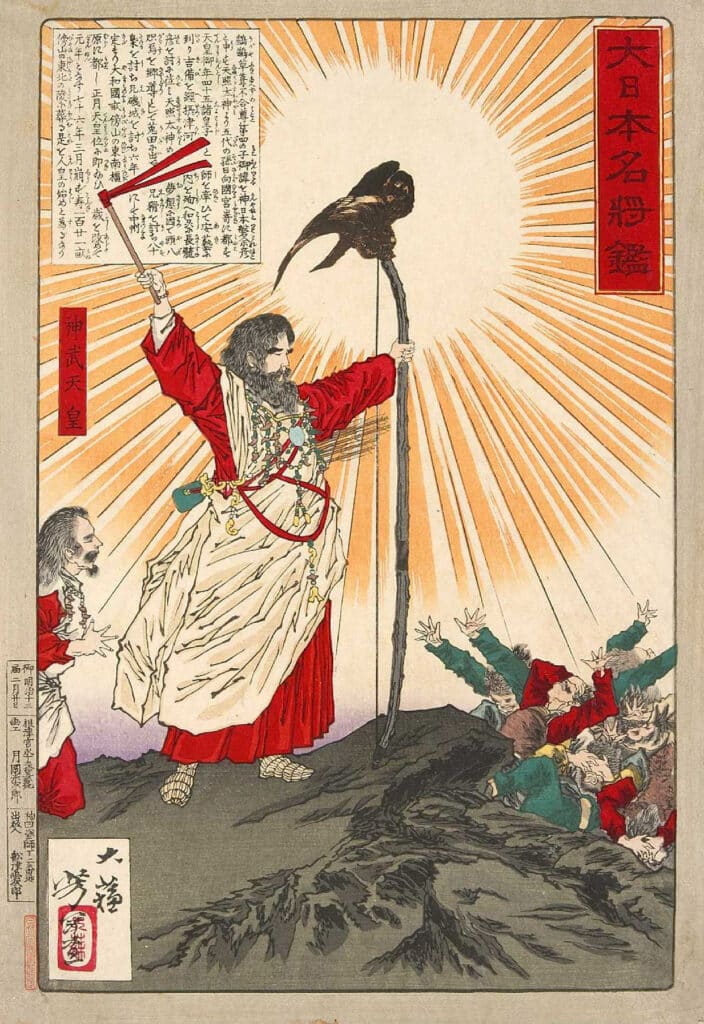
The traditional date of 11 February 660 BC was popularised in 1873 in the aftermath of the Meiji Restoration (read about it in this edition of This Week in History) as part of the establishment of the Imperial Cult and state Shintoism.
From 1873 until 1945, 11 February was celebrated as a holiday, called Kigensetsu.
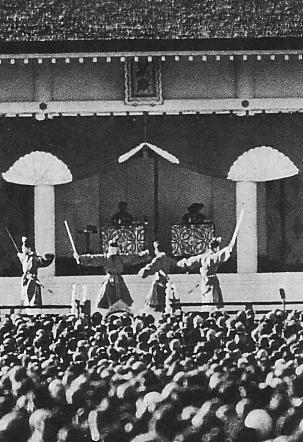
In the aftermath of the Second World War, however, this was considered too close to the Imperial Cult and was removed. In 1966 the celebration was restored as National Foundation Day.
If you like what you have just read, support the Daily Friend

